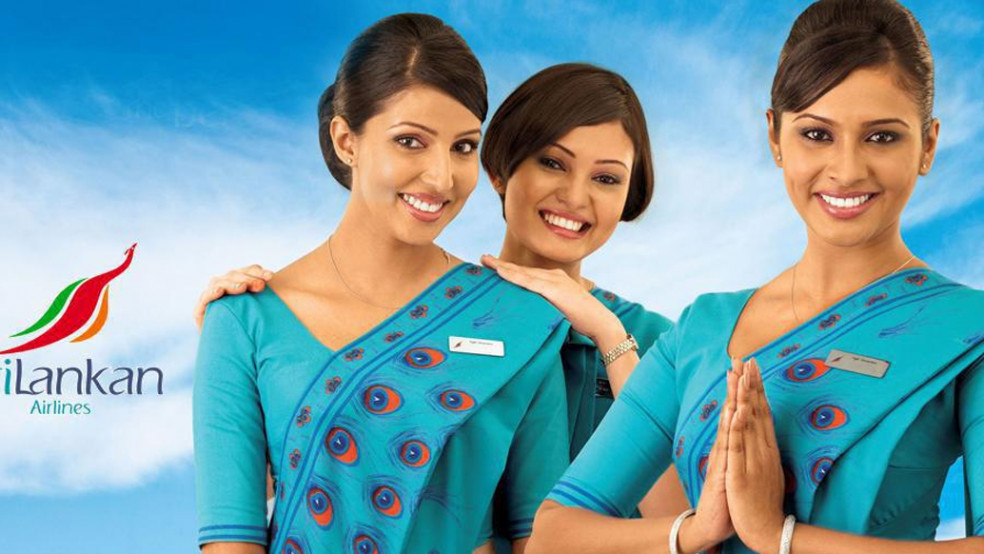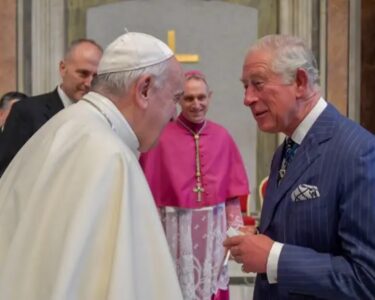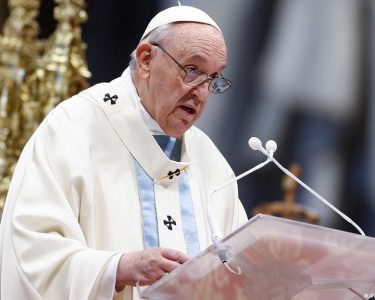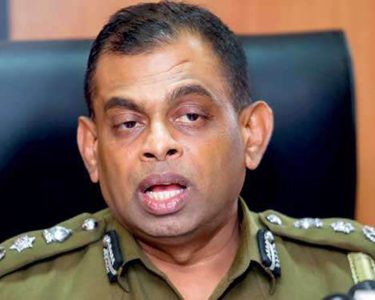The total number of Sri Lanka’s State-Owned Enterprises (SOEs) is reported to be 527. Of these, 55 are categorized as strategically important. According to Public Finance Data and Analysis, only 11 out of 52 SOEs have Published Financial Data up to 2022.
Analyst Neville Ladduwahetty points out that the overwhelming majority of SOEs are loss making institutions.
.Most importantly , no one has a clue as to the extent of the cumulative losses incurred, nor the number employed by the SOEs.
Against this background, the public has raised concern about the privatization of the SOEs, especially the strategically important ones. The government has appointed to review and address issues relating to SOEs.
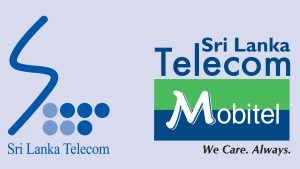
During a seminar held at the Organization of Professional Associations (OPA), Suresh Shah the Head of State-Owned Enterprises Restructuring Unit (SOERU) said: ‘Around 85 SOEs have been identified as commercial entities, out of 138 considered’.
What happens to the rest? According to Shah ‘A key highlight of the upcoming legislation is to bring SOEs under a Holding Company (HoCo) which would drive comprehensive reforms of state enterprises, the management and governance of state enterprises, and state’s portfolio of enterprises.
Even profit making SOEs have to cater to the behest of their political masters, Then is there any assurance that the holding company could put things correct?
Ladduwahetti raises a number of key points?
For instance, SriLankan Airlines, which was a profitable institution under an effective management, began to incur losses after the removal of key personnel because they opted to cater to the obligations of their customers in preference to the convenience of those who appointed them. Similarly, the Chairman of SLT, who ran that institution profitably, was removed, without any explanation, and a new board appointed. A request was made to them to withdraw the case they had filed against the proposed merger between Dialog Axiata and Airtel. The refusal to oblige resulted in the board being asked to resign. A new board has now been appointed.
Does the fact that only around 85 have been identified as commercial entities mean that the remaining 442, out of the total of 527 SOEs, are allowed to hang out to dry as loss-making entities?
Therefore, instead of limiting the scope to SOEs with commercial value, a serious attempt should be made by the SOERU to develop a strategy to make the SOEs a collective mix of profitable and loss-making entities for the service they provide so that taken as a collective, SOEs are not a burden to the State. Instead of such an approach, the objective of the SOERU appears to be to identify those that could be attractive to the private sector because of their commercial value.
In this regard, policies adopted by the private actor could go beyond the limits of commercial valuations, to others, such as Security. For instance, the attempt to sell the government’s share in Sri Lanka Telecom to either of the two shortlisted companies of Indian and Chinese origins may not only have foreign policy implications but also cause security concerns as well, points out Laduwahetti .



